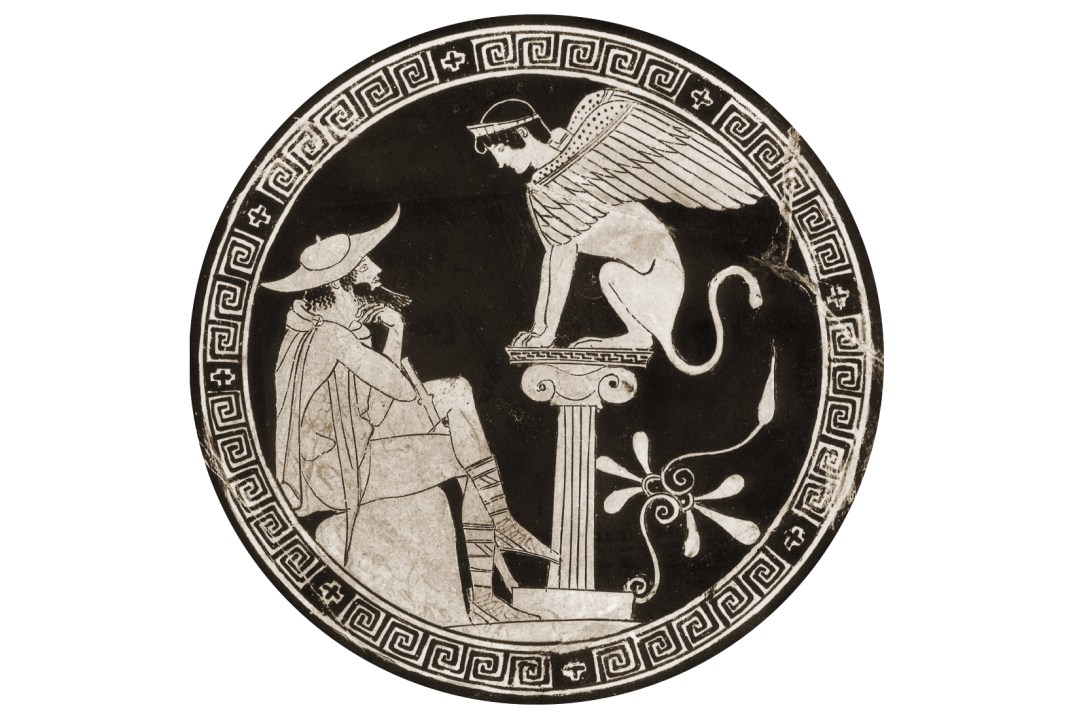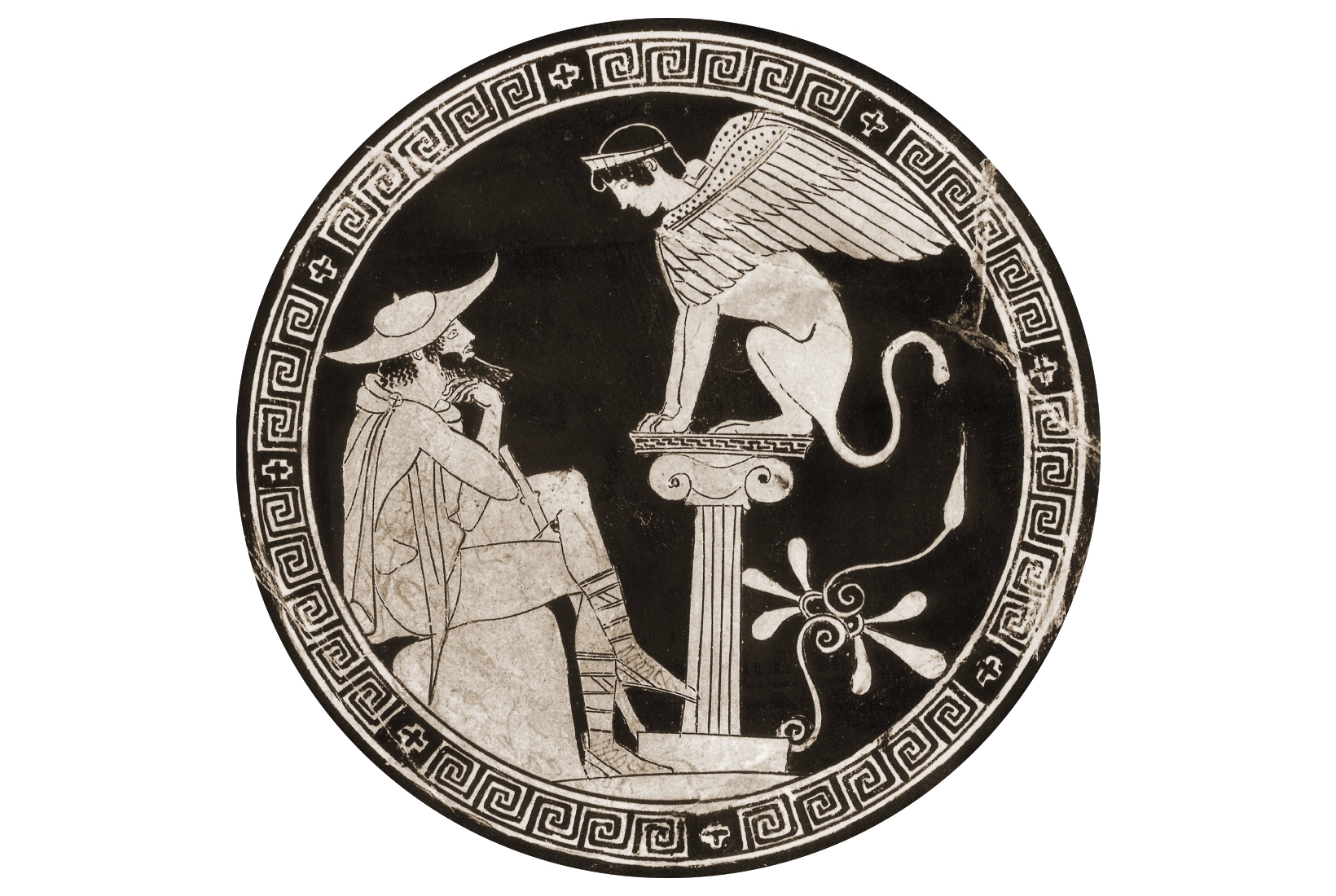The Spartans were not the only Greeks to die at Thermopylae. On the fateful final morning of the battle, when Leonidas, knowing that the pass had been sold, ordered the vast majority of the contingents stationed at the Hot Gates to retreat and live to fight another day, two detachments stayed behind to join the 300 in their heroic last stand against Xerxes.
Both these detachments came from Boeotia, the fertile plain which stretched directly south of Thermopylae and extended as far as the frontier with Athens. One of these two detachments came from Thespiae, a small but famously cussed city in central Boeotia: 700 hoplites who, alongside the Spartans, fought, died and were lauded as martyrs for Greek liberty. What, though, of the 400 men who constituted the other contingent? Their fate was altogether more contested. The reasons for this tell us much about the challenges of studying the history of ancient Greece — and the history of one city in particular.
Thebes, the largest and most powerful city in Boeotia, had viewed the approach of the Persians with a certain ambivalence. Hostile though the Thebans might be to barbarian kings, they were even more hostile to Athens, their unsettlingly dynamic neighbour, and the city which constituted the particular focus of the Persian invasion. Weighing up their options, then, the oligarchs who governed Thebes were disposed to side with the barbarians.
For the span of two brief but dazzling decades, Thebes blazed as the leading power in Greece
But was everyone in the city a traitor to the cause of Greek liberty? In the decades and centuries that followed, different historians would provide different answers to this question. Those who favoured the Athenians claimed that the 400 hoplites at Thermopylae were hostages, and had no sooner been surrounded by the Persians on the final day of the battle than they were begging to surrender and become the Great King’s slaves.








Comments
Join the debate for just £1 a month
Be part of the conversation with other Spectator readers by getting your first three months for £3.
UNLOCK ACCESS Just £1 a monthAlready a subscriber? Log in